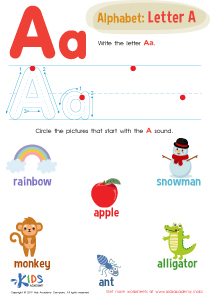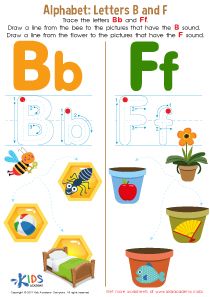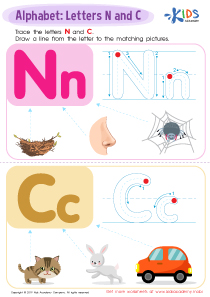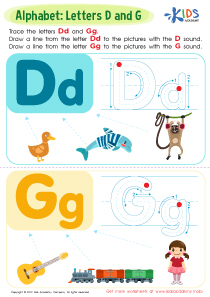Letter X Worksheets for Ages 4-8
5 filtered results
-
From - To
Discover our engaging collection of "Letter X Worksheets for Ages 4-8", designed to instill foundational literacy skills in young learners. These interactive worksheets help children recognize, write, and pronounce the letter X through captivating exercises and playful activities. Ideal for home or classroom use, our resources support early reading proficiency and phonetic understanding. Perfectly curated for kids aged 4-8, these worksheets promote developmental milestones and make learning the alphabet a fun adventure. Join us in creating a strong educational foundation for your child with our top-notch Letter X worksheets today—an invaluable tool in your child's learning journey.
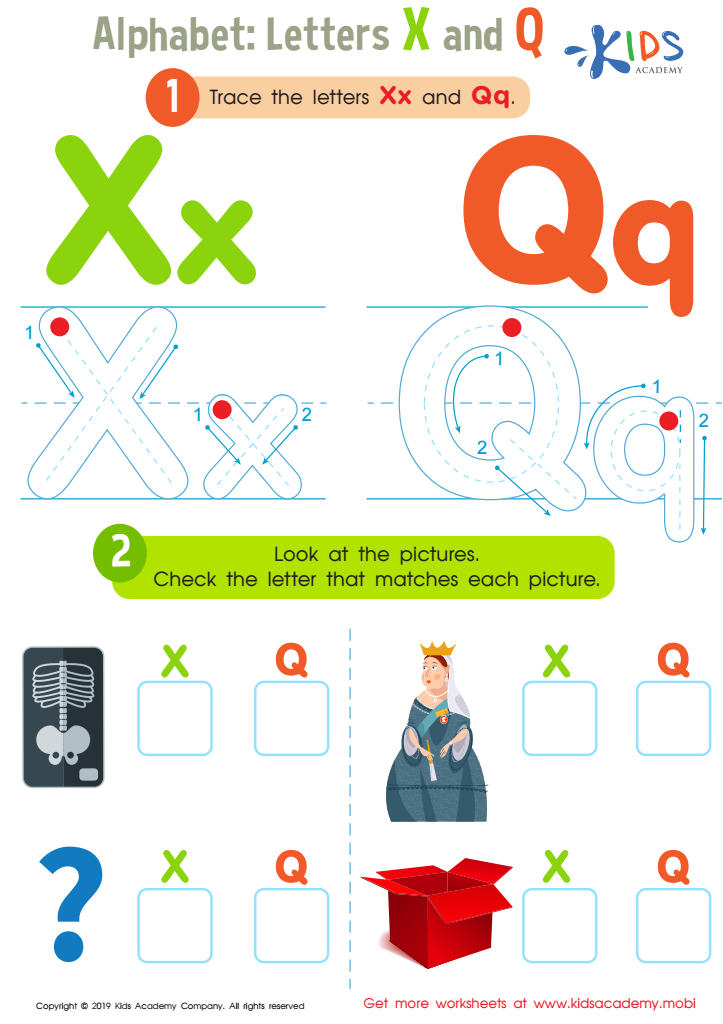

Letters X and Q Tracing Worksheet
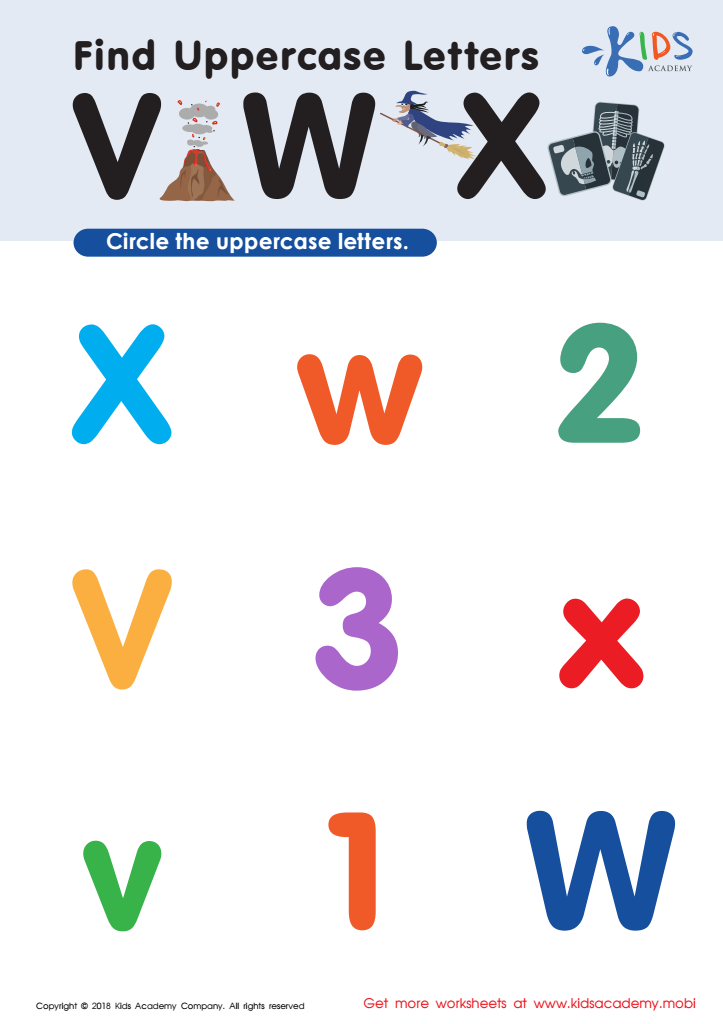

Find Uppercase Letters V, W, X Worksheet
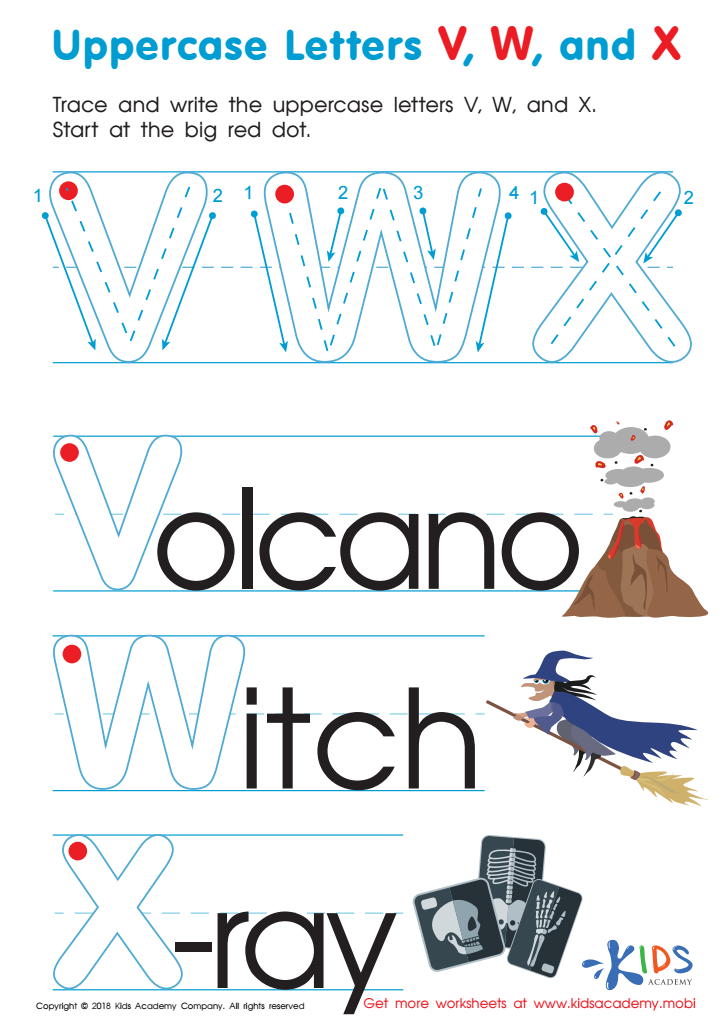

Uppercase Letters V, W, and X Worksheet
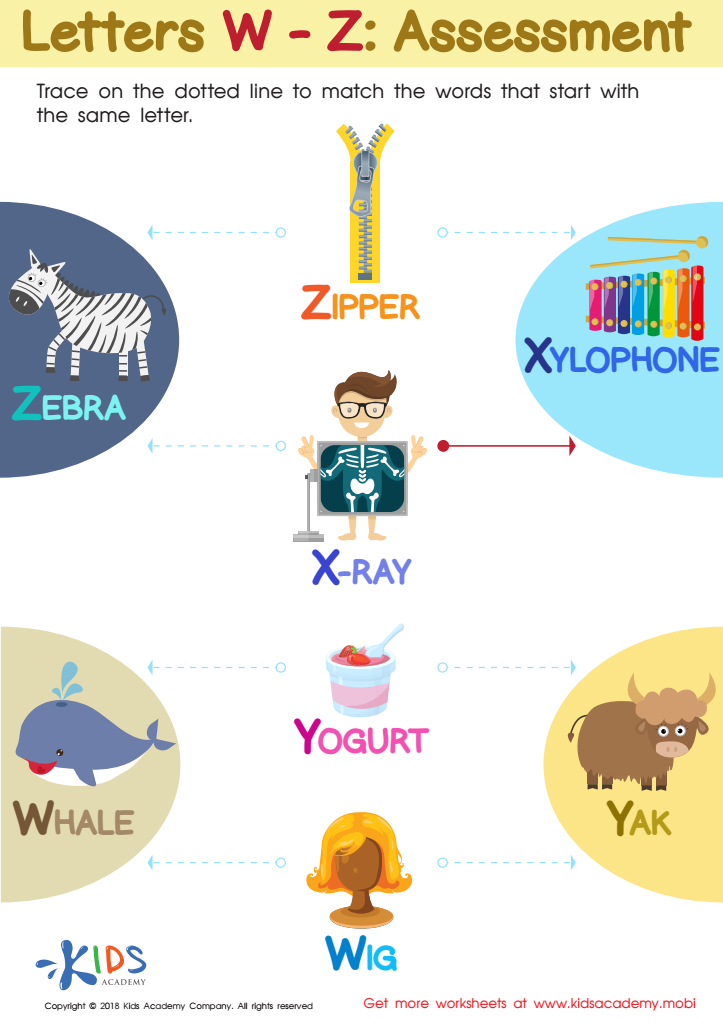

Letters W–Z Tracing Worksheet
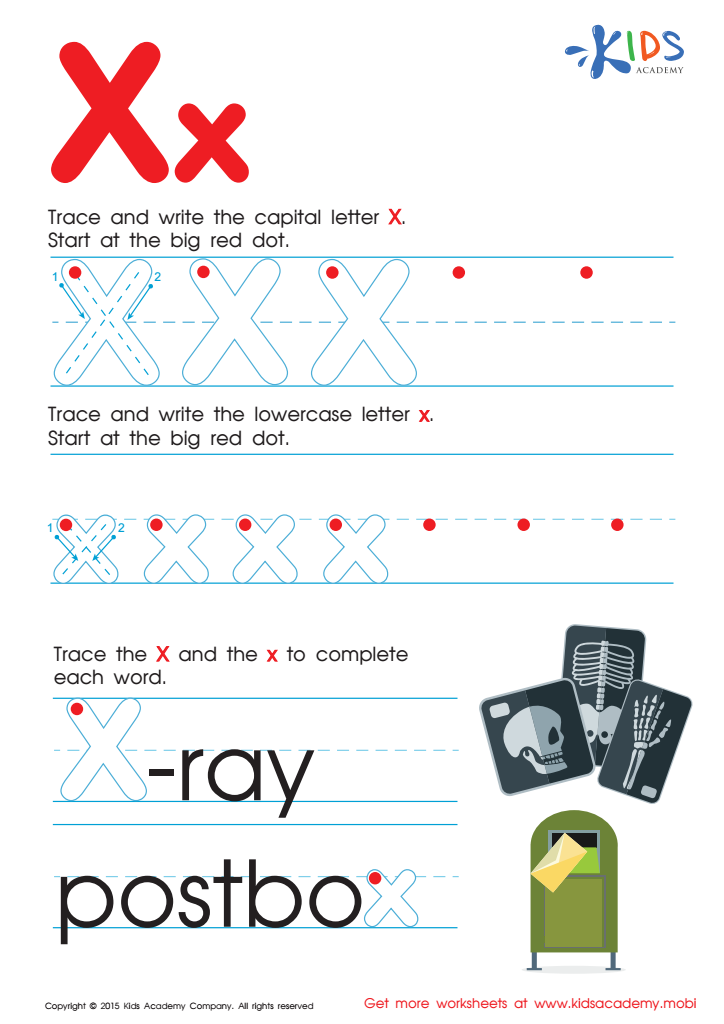

Letter X Tracing Page
The letter X might not be among the first letters that come to mind when teaching young children how to read and write, but it plays an important role in early literacy development for kids ages 4-8. Despite its infrequent use in English, learning X helps children appreciate the complexities and quirks of language. Teaching letters like X broadens a child’s alphabetical knowledge, ensuring they understand all the elements of the language.
At a foundational level, mastering every letter of the alphabet, including the less common ones like X, enhances phonemic awareness—the understanding that words are made up of individual sounds. This is crucial for the development of reading and spelling skills. Although X is not always at the beginning of words, it turns up in exciting spots, like in words such as “box” or “fox,” and in some more advanced vocabulary, like "xylophone." Recognizing it in various contexts helps children become more versatile readers.
Furthermore, practicing writing the letter X contributes to fine motor skills development. The need for precision in forming this letter’s straight, intersecting lines can enhance hand-eye coordination.
While the letter X may seem small and insignificant, its inclusion in early literacy programs nurtures a comprehensive understanding of language mechanics, preparing children for future reading and writing success. Through engaging and interactive methods, educators and parents can make learning even this rare letter an exciting adventure.

 Assign to the classroom
Assign to the classroom


